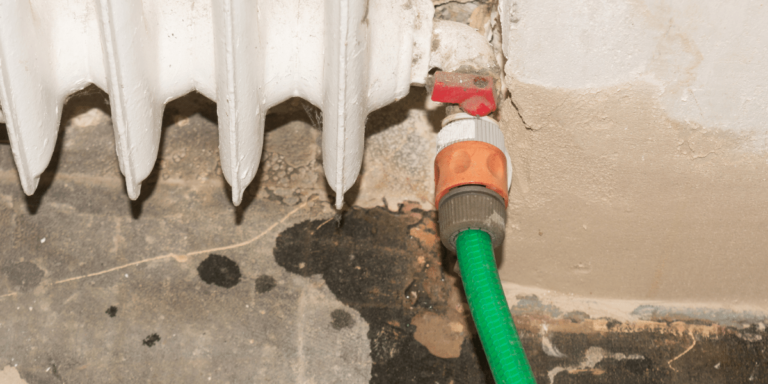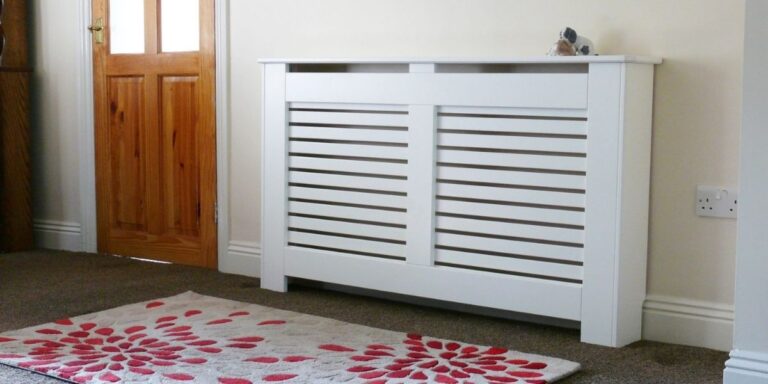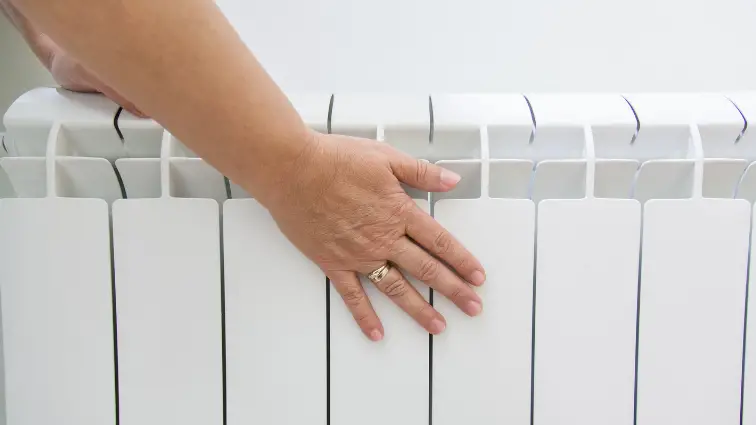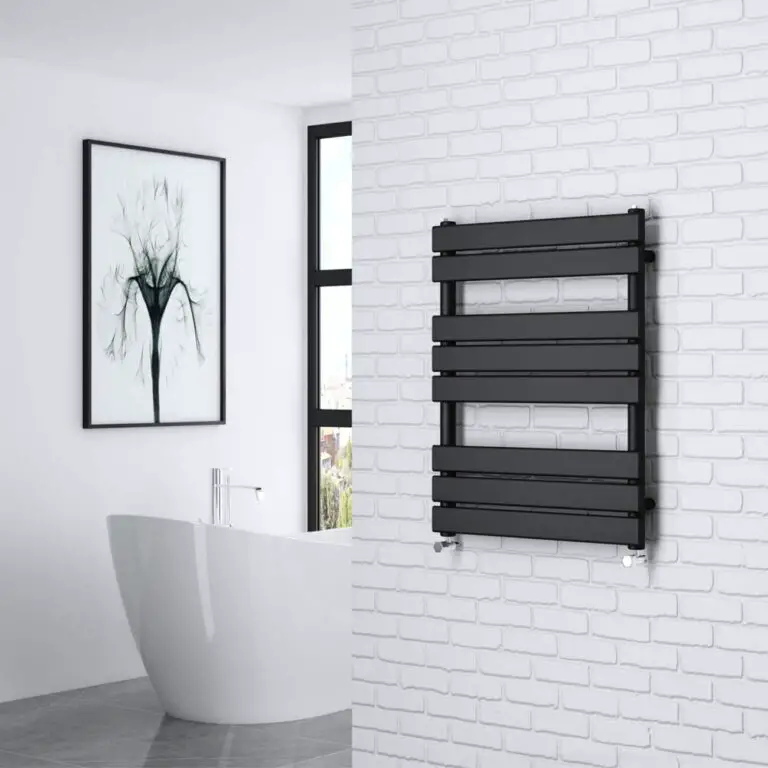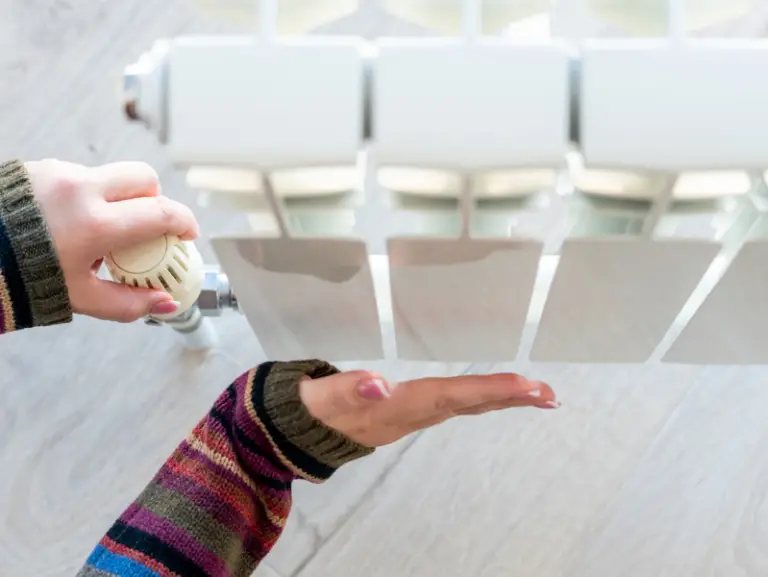Radiators are essential for home comfort – especially with the recent cold winter spells in the UK.
The position of your radiator can have a big impact on the warmth and comfort of your home. You need to find the perfect space for your radiator – where it looks stylish and keeps your room toasty warm.
In this blog post, we’ll cover why radiator location matters, the dos and don’ts of positioning a radiator, and some helpful tips for getting the most out of your radiator’s placement.
Why does radiator location matter?
A well-positioned radiator can efficiently heat a room without ever becoming too hot or taking too long to get there. If you place it in the wrong spot – such as behind furniture – it won’t be able to do its job properly.
For example, when a radiator is on an exterior wall, it has to work against the cold air coming in from the outside. As a result, the radiator is likely to be less efficient, and you’ll need to spend more money to heat up a room. However, placing it on an exterior wall underneath a window will help propel the hot air from the radiator into the room.
So, when considering the best location for radiators in your home, keep in mind the following dos and don’ts.
The dos and don’ts of positioning a radiator
Do place it by a window
When choosing where to place your radiator, one of the most important things to consider is how it affects convection—the natural flow of air when hot air rises and cooler air falls. It’s important to remember that radiators need air around them to convert energy into heat efficiently.
In older homes, it’s common to have radiators under a window to counteract the cold air coming through poorly insulated walls. This cold air pushes the hot air from the radiator into the room and keeps the room warmer than if the radiator was elsewhere.
Don’t put furniture in front
Furniture blocks heat from being able to travel into the rest of the room. It’s important not to place furniture directly in front of (or behind) your radiator since this will reduce its effectiveness at heating up a space. Instead, keep furniture at least two feet away from radiators so that heat can freely circulate around the room without obstruction.
Do remember your pipes
When choosing a location for your radiator, plumbing will always be an important factor. You want to make sure that you’re connecting it in the right way and that there’s an easy route for the copper piping to supply hot water from the boiler to the radiators. A little adjustments to your piping can be expected if you’re relocating or installing new radiators. Although, you don’t want to pull up too many floorboards if it can be avoided.
Make sure there is enough space between any walls or furnishings near your radiator so that these pipes remain unobstructed. This will help ensure that your radiator works optimally and prevents any issues with overheating or excessive noise caused by restricted airflow within its pipes. Consider where the pipe centres of the radiator will be, whilst also thinking about whether they’ll come from, whether it be behind the radiator, straight up from the floor or even sideways (less common).
However, plumbing isn’t the only thing that should be considered when deciding on the location of your radiator. Think about how much space you have in the room, where else in the room heat needs to go, and what kind of airflow will work best with that particular configuration of radiators in order to heat up each area evenly without any cold spots or gaps in coverage.
Do consider the radiator size
Inevitably, the larger your radiator is the less options you’ll have for the positioning – so you’ll need to calculate how much heat output (measured in BTUs) is required for optimal warmth throughout the room.
Once you calculate how many BTUs you need to heat the room, you can start to understand what size radiator you need. This is an important point to consider when deciding on the best position for the radiator, as the size of the unit will often dictate how much wall space will be used and, hence, which wall it needs to be installed onto.
Generally speaking, larger rooms need bigger radiators, while smaller ones will require smaller units with less power output (BTU). It’s also worth noting that more powerful models tend to cost more upfront but could save money over time by heating up faster and using less energy than lower-end versions would otherwise require.
Don’t hide radiators in the corner of your room
Though it might seem logical to place a radiator in the corner of your room, doing so can actually be counterproductive. If you place yours too close to a wall or other obstruction, it won’t be able to heat up as efficiently as possible — which means that your room won’t stay as warm as it should. That’s because radiators require space around them in order to function properly.
Do choose a style that matches the room
The purpose of the room will also determine where you should put your radiator. For example, if it’s a bathroom or kitchen, then having a heated towel rail above the washbasin will help keep towels warm and dry quickly after use. In bedrooms, radiators are usually positioned either under windows or against outside walls so they can easily draw cooler air out during winter months and create an even temperature throughout the room.
Suppose you have living areas such as lounges or family rooms. In that case, radiators can be placed under window sills as well as along interior walls depending on which has better views and access points for furniture placement options – although wall-mounted versions may help free up floor space if necessary!
Do consider flexible options such as portable electric radiators
Portable electric radiators are great options if space is limited or if you need flexibility when moving around different rooms. These models can easily be moved from one spot to another depending on where additional warmth needs covering most urgently.
They come with various features, too, such as adjustable thermostats, which allow users control over their desired level of comfort while also helping conserve energy usage by not wasting surplus heat unnecessarily.
However, if portability isn’t essential, then wall-mounted electric radiators offer many advantages above their portable counterparts. They provide increased safety (due to their elevated positions off ground level) and usually provide wider coverage areas when compared side-by-side with similarly sized freestanding models.
FAQ’s
Should I place a radiator next to the door?
It is generally not advisable to place radiators next to doors as this can lead to drafts coming through from outside, which may cause discomfort and reduce energy efficiency by forcing heated air outwards instead of circulating within the room properly! It does depend on what sort of door you have, though – if it is one with double glazing, then this shouldn’t be as much of an issue.
Should radiators be placed in the coldest spot of the room?
Placing the radiator in the coldest spot of the room is usually not recommended as it may not effectively distribute heat throughout the entire room. Instead, it’s best to place the radiator in a central location so that the heat is distributed evenly, ensuring comfort for all individuals in the area.
Can I put a radiator under a window?
Yes, you can put a radiator under a window. In fact, it is considered ideal to put a radiator under a window as it prevents heat loss through the window, allowing the warmth to stay in the room. This is a common practice and it’s widely known that positioning a radiator under a window can improve the efficiency of the radiator.
In conclusion
When considering where to place a radiator in a room, there are several factors to consider, such as not hiding radiators in corners, positioning them near windows but not directly beneath them, and ensuring they are placed at least halfway up on an interior wall for maximum efficiency.
By following these tips and taking into account any additional factors specific to each individual home (such as size and layout), you can ensure that each room stays warm and comfortable all year round. With proper placement and regular maintenance, you’ll never have to worry about chilly rooms again.


